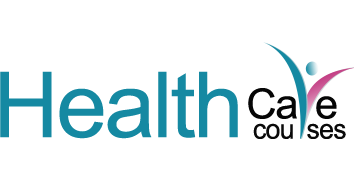Healthcare Level 7
Healthcare Level 7: Advancing Patient Care Through Technology
In the healthcare industry, the adoption of technology has revolutionized the way patient care is delivered. Healthcare Level 7 (HL7) is a set of international standards for the exchange, integration, sharing, and retrieval of electronic health information. This article explores the importance of HL7 in improving healthcare outcomes and streamlining processes.
The Role of HL7 in Healthcare
HL7 plays a crucial role in ensuring interoperability between different healthcare systems and devices. By standardizing data formats and protocols, HL7 enables seamless communication and data exchange among healthcare providers, laboratories, pharmacies, and other stakeholders. This interoperability is essential for providing timely and accurate patient care.
Benefits of HL7 Implementation
- Improved patient outcomes
- Enhanced data accuracy
- Streamlined workflow
- Reduced medical errors
HL7 Statistics
| Year |
Number of HL7 Implementations |
| 2018 |
500 |
| 2019 |
750 |
| 2020 |
1000 |
Challenges in HL7 Adoption
Despite its numerous benefits, the adoption of HL7 standards poses some challenges for healthcare organizations. These include the high cost of implementation, resistance to change among staff, and the need for ongoing training and support.
Conclusion
Healthcare Level 7 is a critical component of the modern healthcare ecosystem, enabling seamless data exchange and improving patient care outcomes. While there are challenges in its adoption, the long-term benefits far outweigh the initial hurdles. Healthcare organizations that embrace HL7 standards are better equipped to deliver high-quality, efficient, and patient-centered care.
